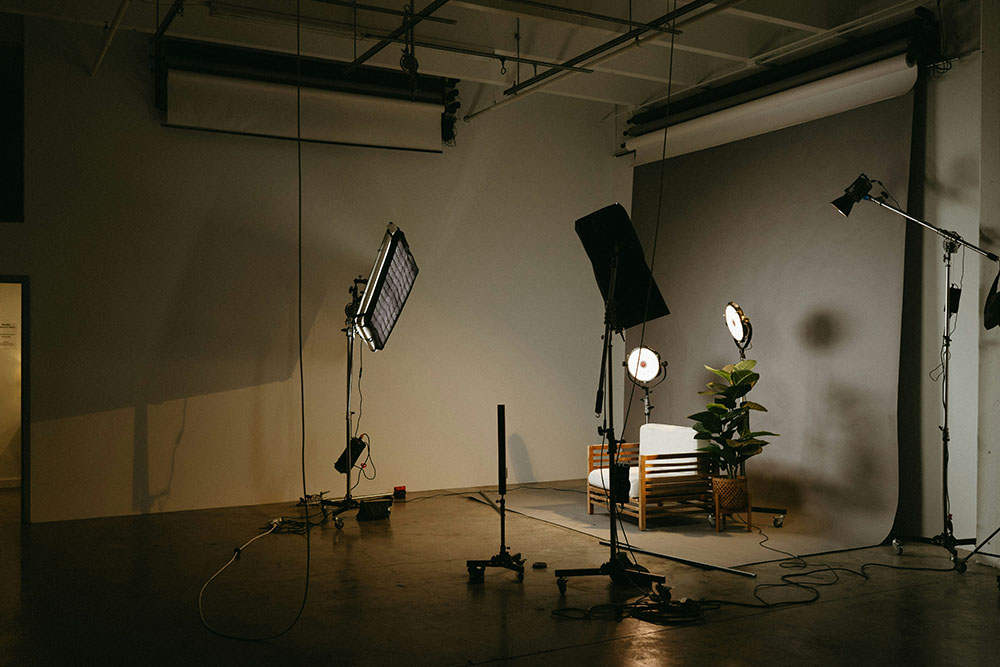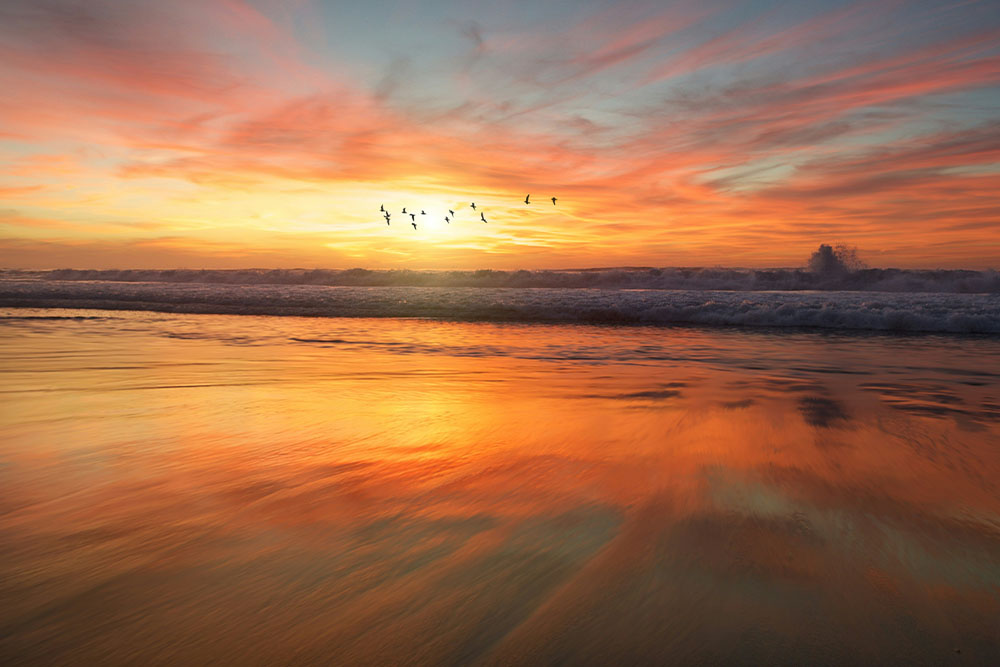Quality Of Light
Quality of light refers to how sharp or soft the shadows appear in a scene. Hard light creates strong contrast and crisp, dark shadows, giving a dramatic or intense effect. This often happens when the light source is small or very close to the subject.
In contrast, soft light produces gentle shadows and a more even look, with lower contrast. This is usually created by using a larger light source or diffusing the light, and it gives a more natural, flattering appearance, especially in scenes focused on emotion or beauty.
Can you identify the hard and soft light sources below?

Photo by isaac macdonald on Unsplash.
Colour Of Light
This refers to the tone or temperature of the lighting in a scene, which can change the mood or atmosphere. Although we don’t always notice it, daylight shifts in colour throughout the day. Early morning and late afternoon light is warmer and more orange or yellow, while midday light appears cooler and bluer.
Media producers can control the colour of light in different ways. Lighting gels can be placed over studio lights to create coloured effects, or simple tools like coloured tissue over torches can be used for a similar result. In digital media, such as games, lighting colour can be adjusted digitally.

Photo by frank mckenna on Unsplash.
Prev Page